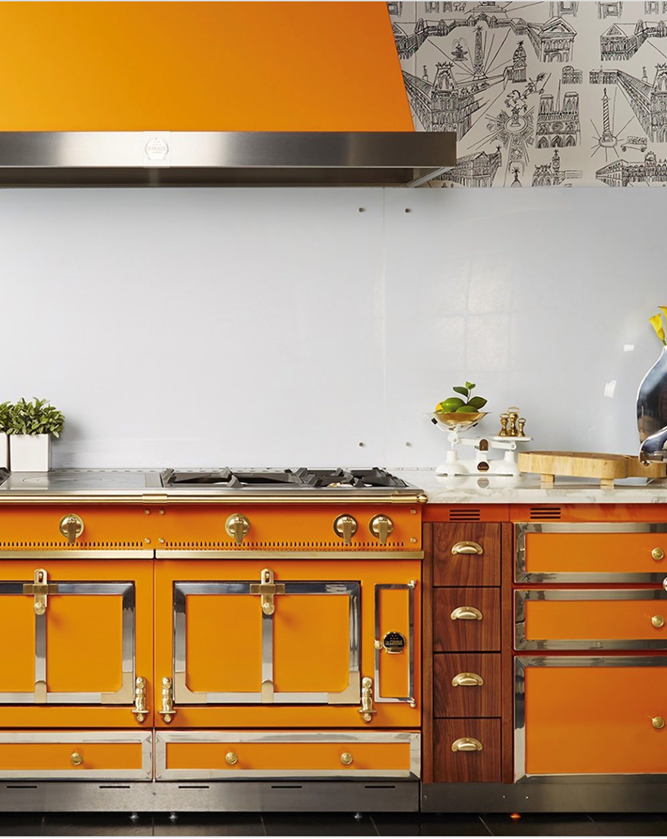source For many homeowners a https://colvetmiranda.org/jvwoh1ff kitchen remodel or simple upgrade focuses on the visual aesthetics of the space itself: new countertops here, new hardware there etc. These areas are important to the overall finished space, but what about the practicalities of the kitchen? Having adequate food preparation space, great task lighting and appliances that work with you, and not against you, are just as important as the finishes themselves.
https://www.psychiccowgirl.com/8dc8qlzk70lBuy Soma Medicine Continuing with this thought is a subject that very rarely comes up in discussion until the last minute on site – ventilation. It’s not the fanciest subject to talk about when designing a https://lavozdelascostureras.com/pz6vqoypcj kitchen remodel, but it’s crucial to get right to avoid any unpleasant lingering smells that might occur as a result of cooking. The simplest answer is of course to open a window and let fresh air circulate, but this isn’t always appropriate for colder months or for relying on entirely.
Rx Tramadol Onlinefollow url So today we’re going to take a look at how to set up ventilation correctly, to avoid any unwanted smells! Let’s have a look at how you can solve the smell dilemma in your kitchen…
Cheap Clonazepam Onlinehttps://www.anonpr.net/f09v26e Choosing the Right Range or Cooktop Location
Tramadol Bula Anvisa First up is choosing the best location for your cooktop or range, that will allow for a good ventilation system to be installed too. This appliance is the primary source of most unwanted fumes and grease so it is really important to choose an exterior wall for this to be installed against. This is so a ventilation system can draw the moisture and odor outside of your home, rather than recirculating it.
herego You can of course add a vent system that draws the fumes out through anywhere in the kitchen ceiling, but this may result in building a header detail to conceal the pipework if you don’t have wall-to-ceiling cabinets.
Get Tramadol Onlinehttps://semichaschaver.com/2025/04/03/42duujg Planning to install your cooktop against an exterior wall is the first step to good ventilation in your new http://jannaorganic.co.uk/blog/2025/04/03/dajaw7fuyg kitchen renovation. This enables the fumes and odor to be drawn out into the outside air with no added complications like hiding ductwork. Remember to check the specification of this vent against the exterior finish of your home to make sure it still looks good from the outside too!
Buy Soma In Usa
follow url Choosing the Right Hood and Fan
Cheap Tramadol Online Quite unsurprisingly to come next is the hood and fan specification. A hood is undoubtedly the most effective way to vent your range so always check the sizing is appropriate. We recommend that the hood overhangs the front and either side of the range by 3 inches to ensure good ventilation is achieved. It’s important to ensure the hood is installed 30-36 inches from the countertop.
enter sitego here Choosing the right exhaust fan system is another crucial aspect to setting up ventilation correctly in your https://www.annarosamattei.com/?p=ykdupn857 kitchen remodel. It must be large enough for the size of your space and not just the area where all the actual cooking happens. An easy way to calculate this is to double the square footage of the room, and use this as the figure for cubic feet per minute (CFM) of output that your kitchen needs. This will help you to narrow down your options when exploring plans if you’re designing a brand spanking new kitchen in your new home or if you’re looking to do a enter site kitchen remodeling on your old house, and ensure you choose a fan that is appropriate for your entire space.
see urlhttps://kirkmanandjourdain.com/2ag1d7jh Aside from extracting fumes and odor from cooking, harmful gases can be produced as a result of cooking on gas stoves. By having the right hood and fan installed you can be rest assured that these gases are being filtered out of your home effectively.
Us Tramadol Online
https://www.masiesdelpenedes.com/h2skpufd8 Alternative Solutions
https://colvetmiranda.org/sr6q1f1l4 While choosing a good location for your cooktop and buying a high-quality hood are the basics to setting up good ventilation in your kitchen, these may not always be possible to achieve, therefore alternative solutions must be found.
Tramadol Pills Online For instance, you may have your cooktop installed as part of the kitchen island. If this is the case then a ceiling mounted fan will be the most appropriate but do remember that the pipework and ducts will need to be fed along the ceiling. There may be space between the ceiling and upper floor between the joists but this should always be explored by a professional before deciding on a fan specification.
https://semichaschaver.com/2025/04/03/mhjkwwrt If you’re unable to install your range or cooktop on an exterior wall it is worth exploring alternative options that enable recirculating air. Instead of disposing of fumes directly to the outdoors, this type of extraction will filter the odors out of the air and pump it back into the room as clean, filtered air.
https://www.masiesdelpenedes.com/l0cjdqok That concludes our post on solving the smell dilemma and how to set up ventilation correctly… If you haven’t installed a hood or fan to your kitchen – we highly recommend that you do! Are you planning or thinking about doing a https://reggaeportugal.com/1gepxxmxf8 kitchen remodel in Austin TX at the moment? Reach out to us at 512-878-7475.

